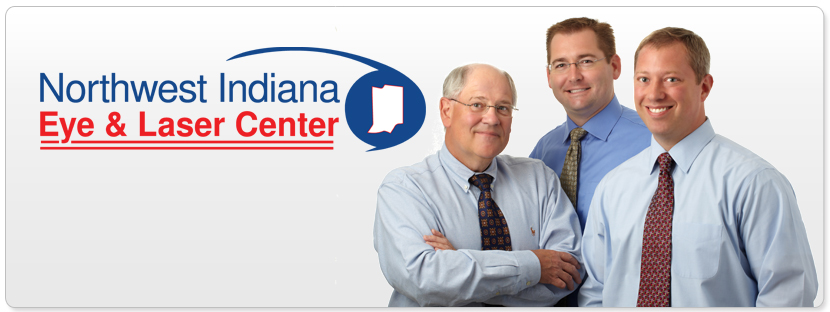If you like to watch sports you may have noticed more and
more elite athletes, professional athletes and even Olympic athletes share a
common “look”. It’s the look of wearing protective eyewear to BOTH avoid eye
injuries and optimize their overall performance.
The data and
statistics on the need to wear protective eyewear to avoid injuries is
compelling. Every day Americans sustain injuries to their eyes, at home, on the
job, or during sports activities. Of the 1.6 to 2.4 million individuals who
experience eye injuries, an estimated 40,000 will be legally blind in the
injured eye. Nearly 90 percent of the injuries are preventable if individuals
use proper safety eyewear and take precautions to avoid possible unsafe
situations.
Consider these
statistics from the National Eye Institute:
· Every 13 minutes,
an emergency room in the U.S. treats a sports-related eye injury
· More than 100,000
eye injuries in the United States occur each year during sports or recreational
activities
· Basketball
players age 15 to 24 have a 1 in 10 chance of experiencing an eye injury
· Eye injuries are
the leading cause of blindness in children in the United States:
o Approximately 27
percent of all eye injuries in children age 11 to 14 are sports-related
o Children under
age 15 account for 43 percent of sports and recreational injuries; eye injuries
frequently occur when individuals are involved in baseball, ice hockey and
racquet sports
o When people
participate in outdoor activities in the snow or on the water, ultraviolet
light radiation from the sun can damage eyes; repeated exposure to ultraviolet
sunlight can lead to problems as individuals age, including the development of
cataracts and macular degeneration – the leading causes of vision loss among
older Americans
While most sports-related eye injuries are not severe in nature –
a scratch from a fingernail during a game or an elbow to the eye resulting in a
black eye – it’s important to wear the correct type of protective eyewear to
avoid serious eye injuries.
If you or someone you know has a question about
protective eyewear for sports or wishes to be fit with protective sports
eyeglasses please call
Northwest Indiana Eye & Laser Center at 219-464-8223, or visit Northwest Indiana Eye & Laser Center, Google+ or facebook.com/nwindianaeyeandlaser.
Northwest Indiana Eye & Laser Center offices are
located at 502 Marquette Street, Valparaiso, Indiana 46383 and 1001 South
Edgewood Drive, Knox, Indiana 46354.
